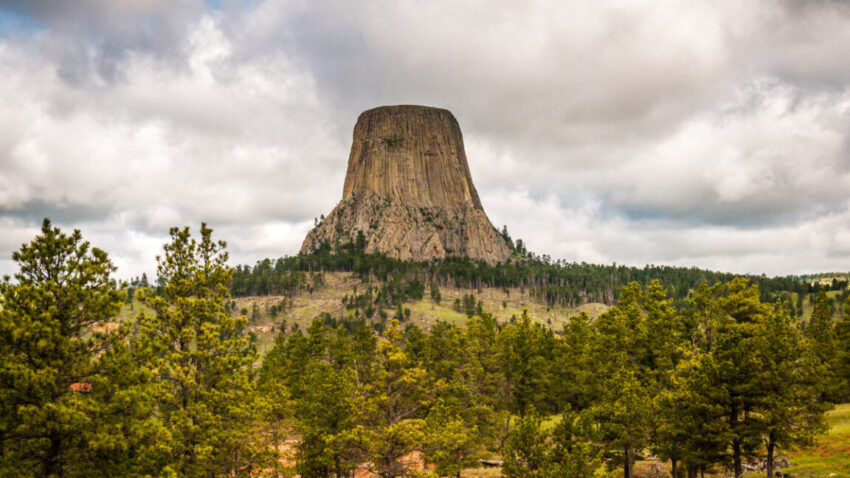On Monday, Mayor Patrick Collins of Cheyenne, Wyoming, announced plans for an AI data center that would consume more electricity than all homes in the state combined, according to The Associated Press. The facility, a joint venture between energy infrastructure company Tallgrass and AI data center developer Crusoe, would start at 1.8 gigawatts and scale up to 10 gigawatts of power use.
The project’s energy demands are difficult to overstate for Wyoming, the least populous US state. The initial 1.8-gigawatt phase, consuming 15.8 terawatt-hours (TWh) annually, is more than five times the electricity used by every household in the state combined. That figure represents 91 percent of the 17.3 TWh currently consumed by all of Wyoming’s residential, commercial, and industrial sectors combined. At its full 10-gigawatt capacity, the proposed data center would consume 87.6 TWh of electricity annually—double the 43.2 TWh the entire state currently generates.
Because drawing this much power from the public grid is untenable, the project will rely on its own dedicated gas generation and renewable energy sources, according to Collins and company officials. However, this massive local demand for electricity—even if self-generated—represents a fundamental shift for a state that currently sends nearly 60 percent of its generated power to other states.
Wyoming Governor Mark Gordon praised the project’s potential benefits for the state’s natural gas industry in a company statement. “This is exciting news for Wyoming and for Wyoming natural gas producers,” Gordon said.
The proposed site for the new data center sits several miles south of Cheyenne near the Colorado border off US Route 85. While state and local regulators still need to approve the project, Collins expressed optimism about a quick start. “I believe their plans are to go sooner rather than later,” he said.
Wyoming’s data center boom
Cheyenne is no stranger to data centers, having attracted facilities from Microsoft and Meta since 2012 due to its cool climate and energy access. However, the new project pushes the state into uncharted territory. While Wyoming is the nation’s third-biggest net energy supplier, producing 12 times more total energy than it consumes (dominated by fossil fuels), its electricity supply is finite.
While Tallgrass and Crusoe have announced the partnership, they haven’t revealed who will ultimately use all this computing power—leading to speculation about potential tenants.
A potential connection to OpenAI’s Stargate AI infrastructure project, announced in January, remains a subject of speculation. When asked by The Associated Press if the Cheyenne project was part of this effort, Crusoe spokesperson Andrew Schmitt was noncommittal. “We are not at a stage that we are ready to announce our tenant there,” Schmitt said. “I can’t confirm or deny that it’s going to be one of the Stargate.”
OpenAI recently activated the first phase of a Crusoe-built data center complex in Abilene, Texas, in partnership with Oracle. Chris Lehane, OpenAI’s chief global affairs officer, told The Associated Press last week that the Texas facility generates “roughly and depending how you count, about a gigawatt of energy” and represents “the largest data center—we think of it as a campus—in the world.”
OpenAI has committed to developing an additional 4.5 gigawatts of data center capacity through an agreement with Oracle. “We’re now in a position where we have, in a really concrete way, identified over five gigawatts of energy that we’re going to be able to build around,” Lehane told the AP. The company has not disclosed locations for these expansions, and Wyoming was not among the 16 states where OpenAI said it was searching for data center sites earlier this year.
[…]
Click this link for the original source of this article.
Author: stuartbramhall
This content is courtesy of, and owned and copyrighted by, https://stuartbramhall.wordpress.com and its author. This content is made available by use of the public RSS feed offered by the host site and is used for educational purposes only. If you are the author or represent the host site and would like this content removed now and in the future, please contact USSANews.com using the email address in the Contact page found in the website menu.





